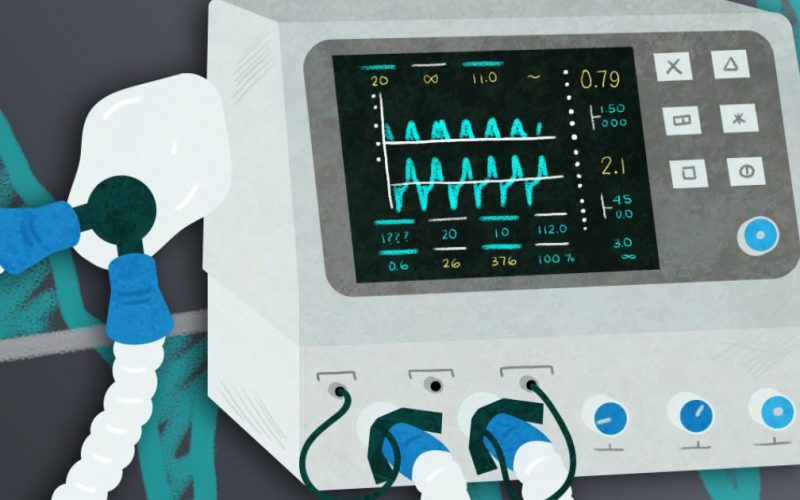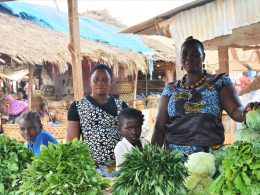The onset of the COVID-19 pandemic has rapidly driven up global demand for ventilators. Suppliers and manufacturers are struggling to keep pace.
Subsequently the price of ventilators has skyrocketed globally. They have become prohibitively expensive for most African countries, which lack their own ventilator manufacturing capabilities of any scale and are therefore reliant on imports.
Coupled with a dearth of vaccines as well as new surge of infections across the continent, the situation in Africa could be dire. Thankfully home-grown Ugandan innovation is already developing a solution.
Uganda’s Makerere University has worked with the Ugandan government’s Ministry of Science, Technology and Innovation and local auto-company Kiira Motors to build the prototype of a low-cost, open-source ventilator.
The “Bulamu” ventilator, which means “life” in Lugandan, can be cheaply and easily manufactured locally. Moreover, it can be powered by solar, meaning it can be used by patients in less-developed, rural parts of the country as well.
Richard Madanda, Director of Product Development at Kiira Motors told Innovate Uganda the Bulamu ventilator will be affordable for everyone. “We want it to be low cost; around 3000 USD. Normally in hospitals, you don’t get a ventilator costing less than 2000 USD. This machine can be used in hospitals as well as emergencies,” he said.
The ventilator is designed for application beyond COVID-19 to other conditions that require assisted breathing.
Madanda adds that it supports a user interface displaying set parameters, measured value, and waveforms for pressure, volume, and flow as well as system alarms to alert the user of any failures.
It also has a backup battery that is activated automatically and can be used for up to 4 hours under normal cycling conditions and charged solar back up power system.
According to the World Health Organization (WHO), while most people with COVID-19 develop only mild or uncomplicated illness, approximately 14% develop severe disease that requires hospitalization and oxygen support, and 5% require admission to an intensive care unit with assisted breathing using a medical ventilator.
The development of the prototype is part of a broader strategy from the Ugandan government to leverage technology and work with the private sector to tackle the COVID-19 virus.
With the prototype already built, the question of when the final product will go to market remains. “Researchers are finalizing on the project and the fine tuning is expected to be done by the end of the year depending on the availability of suppliers,” says Madanda.








